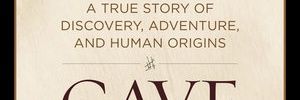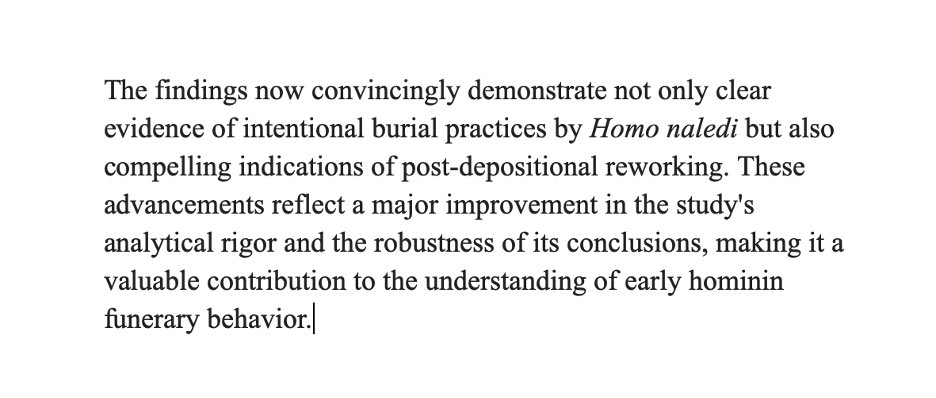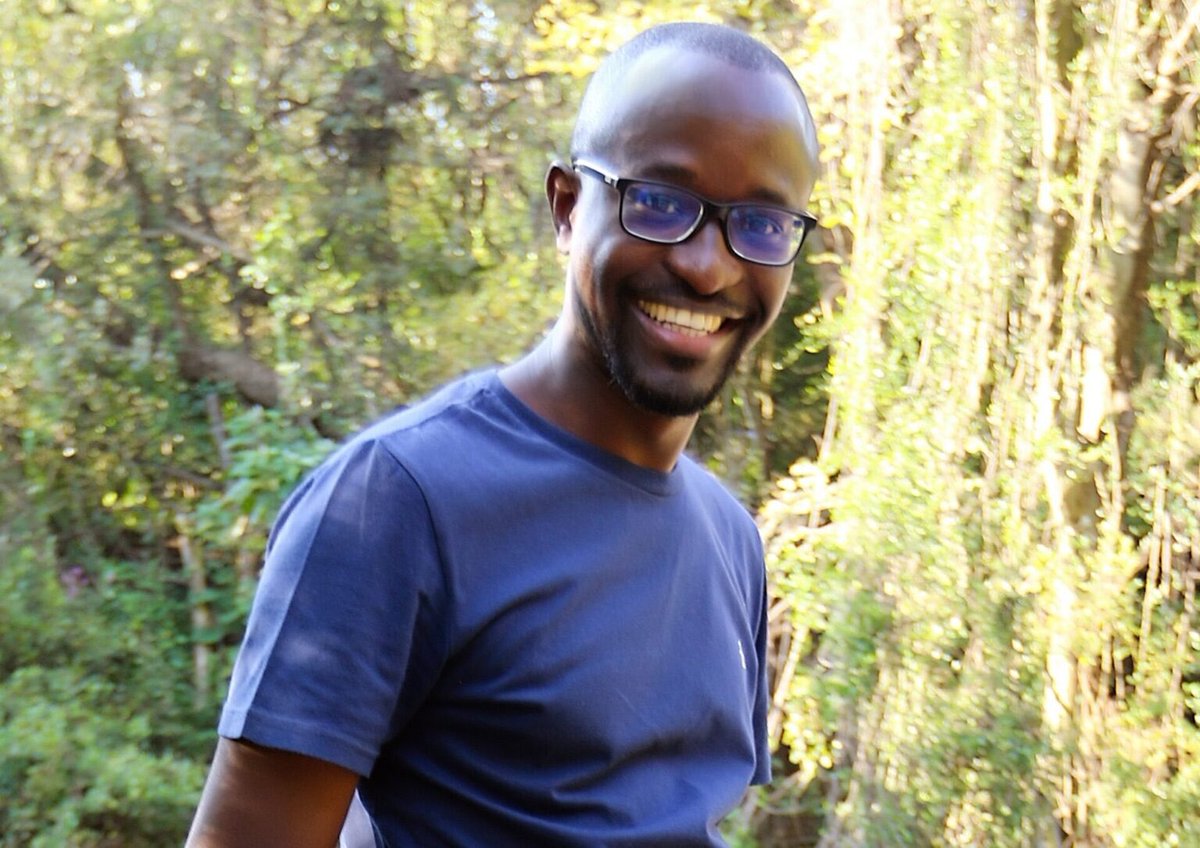
Lee R Berger
@LeeRberger
Lee Berger is a palaeoanthropologist and explorer - He is is the author of Almost Human & The Cave of Bones
The Reviews are out on the Homo naledi burial paper in @eLife and let me share the words of a previously highly critical reviewer. Link to the reviews and the revised paper in the comments below.

It was great spending time with my friend @MrTeller in The monkey room at the @RioVegas after his and @pennjillette ‘s new show. Hoping to see you in #Africa soon! Any guesses what the gifts from Teller are I’m holding? He took home a #naledi skull to add to his collection.

Help needed! We are exploring the purchase of a handheld optical and/or lidar scanner for use in rather extreme underground spaces in order to map archeological floors, artefacts and other features in high enough resolution that they may be used for measurablereconstructions…

A beautiful Dinofelis muzzle from Malapa fossil site found during a search for missed hominin remains from the early days of excavation.
We haven’t talked much about the Lefika la Noka tufa site, a truly unusual site I rediscovered in 2008 just before discovering Malapa. Its unusual because it’s a tufa site made of millions of plant fossils dating back hundreds of thousands of years. A literal time capsule of the…
Some people asked me how to use the new @NatGeo photo scales color correction bars. Well, here is an example. The first part of this explanation video is in natural light and obviously washed out. At about 44 seconds, I use the color correction to match the reds and greens to…
🔬 New research published @Nature pushes the boundaries of #paleoproteomics! We've retrieved enamel proteins from a rhinocerotid 21-24 million years old found in Canada's High Arctic. #Paleontology #Evolution #AncientProteins Read the article here: nature.com/articles/s4158…
“It is a tragedy for science if we ignore these places, and it’s a tragedy for the people in those places if they feel they can’t become scientists. We’re poorer for it.” observer.co.uk/news/science-t…
Very excited about new photographic scales from @NatGeo for archeologists, palaeontologists, photographers, geologists and forensic scientists! First Nat Geo Society scales ever! @NatGeoExplorers enjoy!
A fantastic interview on @eNCA with Tebogo Makhubela celebrating his @NatGeo #Wayfinder award! Well deserved and enjoy listening to the future of human origins research in Africa - Tebogo is active on @LinkedIn under Tebogo Vincent Makhubela - follow him!…
Our experiences @eLife and elsewhere convinced us that when push comes to shove scientists, when presented with even modest efforts to disrupt the status quo in order to make what we do work better, will always prioritize stability - for themselves and for the endeavor writ…
Here’s some fun. One of @NatGeo latest explorers as a superhero! facebook.com/share/1Ajo7V8E…
The future of exploration and discovery in good hands in South Africa and across the planet! news.nationalgeographic.org/the-national-g… @NatGeo

I am proud to know you and been part of experiencing a small part of your journey. Welcome to the yellow border, welcome to the family and sharing many great explorations, discoveries, scientific endeavours and moments of fun long into the future. Well done! Never Stop…

Sahelanthropus was in the news this week—the earliest possible hominin with evidence concealed for two decades—and it reminded me to link my guide to this and other evidence of early fossil human relatives. johnhawks.net/p/guide-to-sah…
#HumanEvolution discovery! Our new study in @ScienceMagazine uses #paleoproteomics to reveal the biological sex and genetic diversity of 2-million-year-old #Paranthropus robustus from South Africa! Read more: science.org/doi/10.1126/sc… #Paleoanthropology #AncientProteins
See this Instagram post by @shonephoto instagram.com/p/DJ6P60-IX_U/… The incredible images captured by one of the great photographers (perhaps the greatest cave photographer) of all time Robbie Shone of our team working in the #105site

The story of the Border Cave, South Africa skull and mandible are fascinating. For much of my early career it was thought to be the oldest fossil of an “anatomically modern” Homo sapiens. Dating to the last 100,000 years, its provenience has often been questioned. But given…
Before Keneiloe Molopyane @Keneiloe jumped into the work at Gladysvale - I did this video during Covid about the history behind this interesting site - good things are soon to be seen from the latest work at this site! wits.ac.za/news/latest-ne…
Take a look at this beautiful mandible from Swartrkans in South Africa. It’s what we presently call a Paranthropus robustus. Notice the “robust” mandible, large teeth and molarization of the premolars. What a lovely specimen of an ancient hominin likely between 1.5 and 2 million…